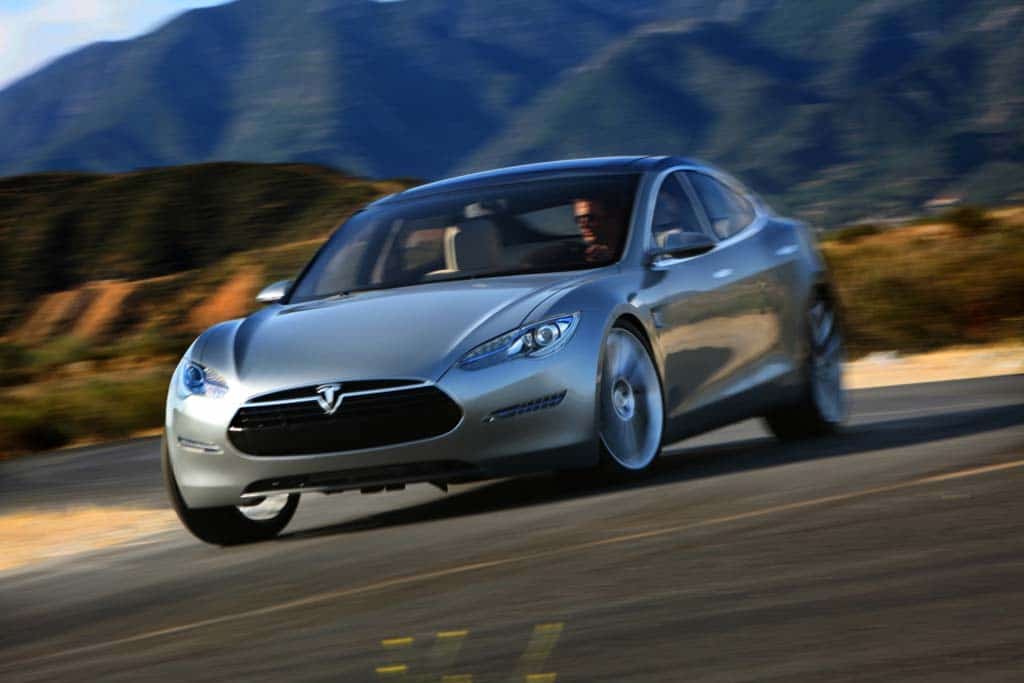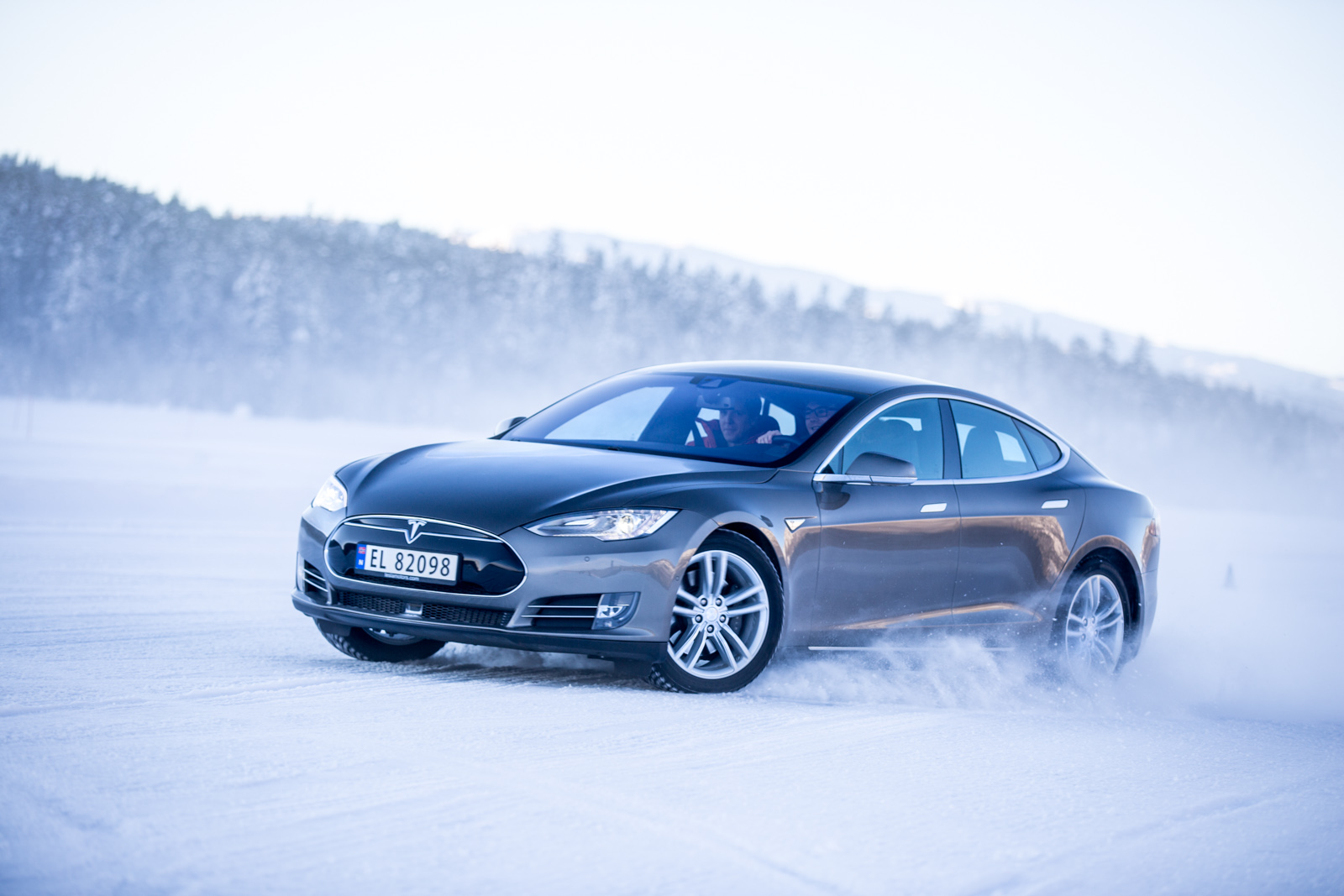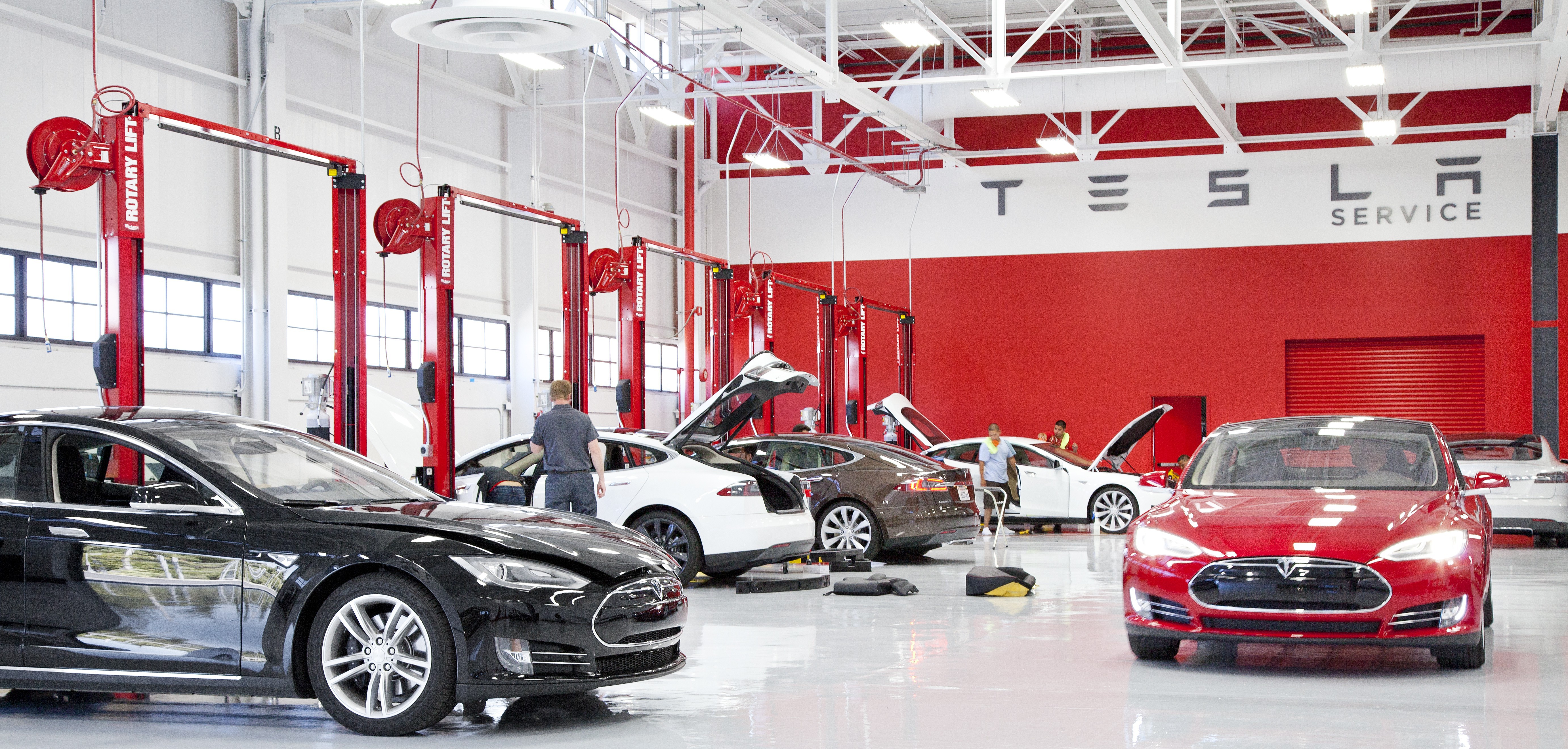Like any other automobile, Tesla vehicles are bound to need maintenance and repairs. In fact, if you want to keep your Tesla running in great condition for as long as possible, you are going to have to regularly have your vehicle serviced. Unfortunately, maintaining a Tesla is not always a walk in the park. The following are 4 common Tesla maintenance problems and how to avoid them:
1) Power Steering Failures
Even though there is far less maintenance and repairs needed with electric vehicles like Tesla, there are bound to be some hiccups in the manufacturing process at some point. Because of the use of aluminum bolts as part of the power steering system in older Tesla units, excessive corrosion has been noted in some older vehicles and has led to power steering failure for many people.
Tesla power steering failures are predominantly found in cold climates. This is because the excessive corrosion is due to streets being salted with road salts that contain calcium or magnesium salts. Areas that use sodium chloride for street salting do not seem to have the same problem.

You should first check if your Tesla is one of the many that have been recalled over this issue. If you notice that your Tesla is squeaking, whining, or making screeching noises, and it is much harder to turn your wheel, make sure you bring it in to a service center to be looked at.
The dealer will replace the aluminum bolts with coated steel bolts that have a sealant to prevent corrosion at no cost to you. If your power steering fails, you will still be able to drive your Tesla safely. There simply will not be power steering. If your Tesla is new, this should not be a problem, but you should ensure that you have your vehicle serviced when it should be so that any corrosion is detected early.
2) Cost of Maintenance
Because there are far fewer moving parts in an electric vehicle versus a traditional vehicle with a combustion engine, there is a lot less maintenance that has to be done. Oil changes are a thing of the past and there are no spark plugs to blow out on you. This being said, maintenance can become expensive even if there is less maintenance to do, especially if you end up needing certain repairs.
There is no recommended maintenance schedule. Prior to 2019, Tesla suggested that you have your vehicle inspected yearly for a checkup, but they no longer recommend this. Since there are far less fluids to leak or belts to wear out, instead they suggest you have certain services performed on an as needed basis.

For example, if your Tesla’s cabin air filter is a High-Efficiency Particulate Air filter, also known as a HEPA filter, then it should be replaced every 2 to 3 years. The tires should be rotated every 10,000 to 12,000 miles. Brake fluid should be tested every 2 years and should be replaced when it is needed. Depending on the model of your Tesla, every 2 to 6 years your Air Conditioning System should be serviced. If you live in a cold area that is prone to icy roads where salts may be used, you should also have your brake calipers cleaned and lubricated yearly or every 12,500 miles, whichever comes first.
Common repairs reported by Tesla owners include brake caliper replacement, wheel bearing replacement, oxygen sensor replacement, and window motor regulator replacements. Although that is far better than needing to have a transmission replaced in a vehicle with an internal combustion engine, repair costs can add up. Some parts are especially expensive. For example, to replace the battery of a Tesla Model 3 it can cost $6,500. If you get an extended range battery to replace your Tesla’s battery, it can cost upwards of $10,000. That is a steep price when you consider the fact that traditional vehicle’s batteries often cost under $200.
Getting a third party extended warranty is the best way to cover these costs. It may not seem worth it when you first get your Tesla and see how cheap it is without constant fluid changes and other combustion engine related maintenance, but as time goes on it will be.
3) Service Centers are Few and Far Between
Unlike most other car manufacturers, Tesla’s business model involves selling their vehicles directly to the buyer in small, intimate stores. This set up allows Tesla’s employees to have personal conversations with prospective buyers and educate them about ownership of electric vehicles, something that many buyers have no knowledge about. This intimate setting also lets customers customize their Tesla, deciding which features they want included as well as aesthetic choices.

Tesla’s business model focuses on the sale of the vehicle, and much less about post-sale services and maintenance since far less are needed. Unfortunately, this means that if you need to bring in your Model S or Model Y because the MCU screen blacks out and you can no longer use your rearview camera, you may have to drive far to get this problem remedied. Even if your vehicle was one of the 158,000 units recalled because of this issue, you may have to go days, or even weeks, without your vehicle while it is in the shop that might be a significant distance from your home.
One of the major selling points of Tesla is that they utilize a lot of new, cutting edge technology. Because of this there are far less technicians and mechanics that know exactly how this technology works. This means that your problem may not be resolved the first time you bring it in, and you will have to make the trip back out there. If you reside in Los Angeles, it will not be as difficult to find a service center with 36 in California. Either way, you are going to want to know how to avoid damaging your car with speed bumps since you may have to go through a hassle to get to a Tesla service center to get repairs.
4) Denied Warranty Coverage Because of Faulty Aftermarket Parts
Many people think that if you want to customize your vehicle, even with something removable like SLiPLO Universal Bumper Scrape Guard DIY Kit, that it will void your warranty coverage. This is not true. As the Federal Trade Commission explains, the Magnuson-Moss Acts makes it illegal for companies to void your warranty or deny you coverage simply because you used an aftermarket part.
Even though your Tesla’s warranty will not, and cannot, be voided because of aftermarket parts, there are still situations where there may be a problem. Not only are they not allowed to void your warranty, they also cannot deny your claim because you have had aftermarket parts installed. This being said, they can deny your claim if the aftermarket part was installed improperly or otherwise caused damage to another part that is covered by the warranty and you will be charged for repairs related to that incident.
If you make sure to have aftermarket parts installed by reputable shops, you should be fine. If it is something simple like door sill protectors, just make sure to look through installation instructions and other things you should know.
SLIPLO is the best way to protect your TESLA. For information on the features, benefits, and pricing of skid plates, click here, alternatively, use our interactive map to find an authorized installer near you. If you enjoyed this article, check out our blog.
